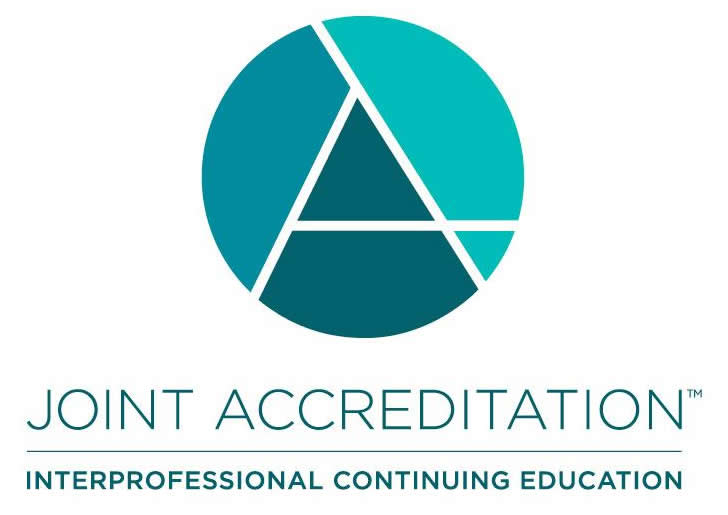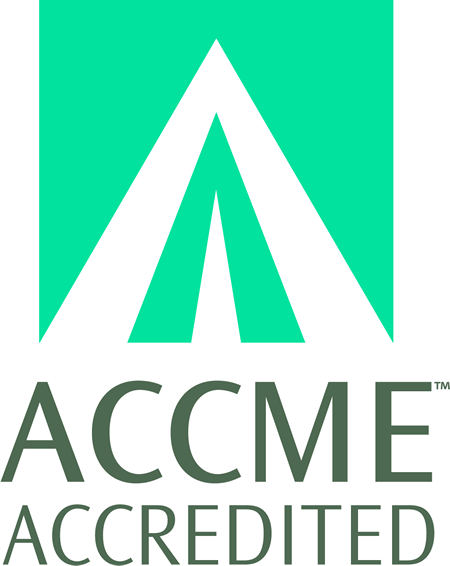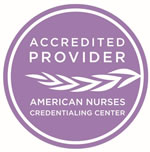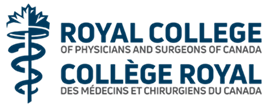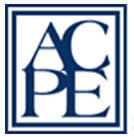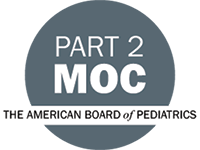
COURSE CREDITS & HOURS
14 AMA PRA Category 1 Credits™14 ACPE Credits
14.0 Contact Hours
Up to 7 MOC (Part II) points in the American Board of Pediatrics' (ABP) Maintenance of Certification (MOC) program
COURSE FEES
TARGET AUDIENCE
PROGRAM PURPOSE
How this impacts on patient care will affect the practice of primary and emergency cardiac care, as well as intensive care, radiology, and neurologic resuscitation. Targeted temperature management has gained acceptance, and ECMO may not be far behind. The practice of medicine in general, and emergency care in particular, is affected by medico-legal considerations. One lecture is dedicated to an assessment and overview of how emergency care is impacted by this, with case overview and consideration for patient satisfaction. The evaluation of the patient with syncope or loss of consciousness from any cause entails resource management, as well as concern for many serious medical entities.
One lecture will review guidelines set forth so far, with recommendations for evaluation given present evidence. Evaluation of pediatric emergencies will center of two presentations which may herald potentially lethal events: fever and trauma. Each has an extensive body of science attached to it, and these lectures will sort out science and recommendations as clinical practice has evolved. The field of toxicology is continually evolving. Street drugs abound which did not even exist a decade ago. Antidotes have not historically been as important as supportive care, and the role of some of these, as for reversal of anticoagulation, is just now starting to be defined.
Topics:
- Pediatric fever update
- List serious bacterial infections
- Indicate clinical scores for behavior in the patient unable to communicate
- Calculate risks for sepsis, meningitis, and bacteremia
- Describe the significance of fever
- Identify the indications for specific testing in the febrile infant
- Syncope Evaluation: Current concepts
- Formulate guideline to identify patients most at risk following a loss of consciousness.
- Identify specific cardiac and pulmonary causes for near-syncope
- Distinguish the seizure patient from the syncopal patient
- Define safe guidelines for discharge of the syncopal patient
- The Opioid Crisis and Pain Management Alternatives
- Name alternatives to narcotics in the management of pain.
- List evidence for the use and efficacy of certain agents
- Recognize the risks and magnitude of narcotics abuse
- Legal Considerations in Emergency Care
- Formulate specific presentations which expose the practitioner to liability.
- Estimate the cost in time, stress, and dollars for which the practitioner is as risk
- Debate mechanisms by which one can avoid a lawsuit
- Illustrate the magnitude of the problem in emergency care
- Trends in the Management of the Injured Child
- Illustrate differences inherent in the traumatized child versus the injured adult
- Discuss transfusion guidelines in the injured pediatric patient
- Indicate indications and risks for head CT
- Debate management of the concussed child
- Resuscitation Update
- Indicate the indications for targeted temperature management
- Demonstrate the proposed use of neuroimaging in cardiac arrest
- Appraise the value of ECMO in the emergency setting
- Recognize the value of medications in the setting of ACLS
- Toxicology Update
- Cite toxins which have not previously been available for consumer use on prior years
- Identify specific toxidromes
- Recognize the role of antidotes in he management of the poisoned patient








